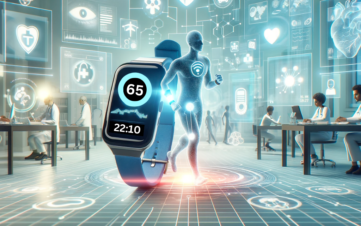Bluetooth Low Energy (BLE) is one of the most widely used low-power connectivity standards. BLE has entered our lives with Bluetooth 4.0 and is especially suitable for IoT-based applications. Take a look at the article to find out more.
What is Bluetooth Low Energy?
We can think of BLE as a type of Bluetooth that uses less power or energy. It is an environmentally-friendly version of it and one of its main purposes is to facilitate the Internet of Things projects. An example of Bluetooth usage, which everyone probably has little knowledge of, is the wireless speaker you connect your phone to, which allows you to manage the volume. This is version 4 of BLE.
What is the difference between Classic Bluetooth and BLE?
Classic Bluetooth and BLE are similar in that they help customers connect to their devices. But the differences begin in how they distribute data to save energy. Classic Bluetooth can handle a lot of data, but the device’s battery drains quickly and therefore it’s much less practical. BLE is used for applications that do not require large amounts of data exchange and can run on battery power for years at a cheaper cost. In short, BLE is a standalone standard that is not compatible with classic Bluetooth. You can see some differences in the figure below.

Usage and applications of BLE in IoT
BLE’s superior energy efficiency has made it a popular choice for IoT applications. BLE is more energy-efficient than other standards (for example ZigBee, Bluetooth classic, and Wi-Fi). This means that these devices will work for more extended periods of time when running on batteries. There are many IoT applications based on BLE. Here are a few examples:
- We see smartwatches in many different brands. BLE is commonly used to connect these smart watches to other things.
- Beacons: It is a technology that provides location information using BLE. Products or devices with beacon technology can interact with nearby smartphones by emitting passive signals. This technology, which reaches people depending on the distance, can transmit the desired information to the people with whom it interacts.
- Some healthcare devices, such as glucometers, insulin pumps, and heartbeat sensors, also use the BLE connection.
- Finally, many devices we use in Smart Home systems are also good examples of BLE usage.










